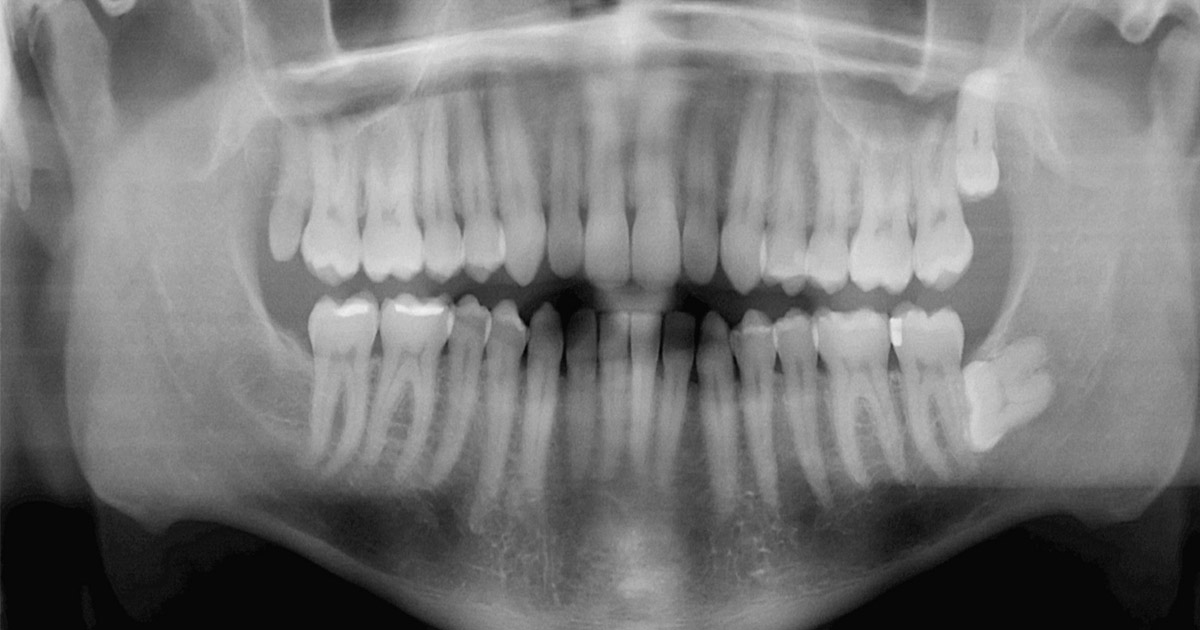Patients may lose bone in their jaw and gums due to tooth loss or gum disease. The bone does not heal or regenerate itself. Nonetheless, the patient needs full bone density in their mouth and gums to avoid further damage. Bone loss is progressive and can get worse. Usually, the patient will need to undergo oral surgery, where the doctor will implant something that grafts to bones. The patient may need to wait a considerable amount of time before they undergo this procedure, lengthening their recovery from dental surgery.
How Oral Surgeons Currently Perform Dental Grafts
There are four primary sources of material that oral surgeons use for bone grafts:
- Bone tissue from another part of your body.
- Grafts that are taken from other human sources.
- Synthetic material to graft to the bone.
- Grafts that are taken from animals.
Many of these procedures are invasive and require lengthy rehabilitation time. Because of the source of the grafts, the surgery is not always successful. The patient may need multiple painful and expensive procedures.
How Recent Advances Are Changing Bone Grafts
Recent advances in dental technology may reveal the future of bone grafts. It may be easier for an oral surgeon to attach the graft to the bone, increasing the likelihood of success of the surgery and reducing your recovery time. In addition, researchers are also focused on preventing the loss of bone in the mouth in the first place or helping patients regenerate lost bone on their own without the need for surgery.
One promising area of research is using stem cells to help patients regrow the bone in their jaw or gums. The patient would be injected with stem cells that would help stimulate bone growth.
Another potential area of treatment is administering some type of medication that can keep the patient from losing bone density in the affected area of their mouth. The patient can keep all the bone, even after losing a tooth. The same treatments may be administered to the gums when the patient has suffered from bone loss due to gum disease.
Researchers are also focused on finding new sources for materials to implant into the patient’s mouth. While bone from the patient’s body is often the most effective type of implant, the grafting process can take months, and there is even a risk of rejection. Researchers are considering using other synthetic materials and 3D printing to generate grafting material. These new materials May shorten the recovery time, increasing the chances of success of the initial procedure and reducing the possibility of repeat surgeries.
How your doctor performs dental implant surgery tomorrow may radically differ from today’s procedure. These advances are happening now, and some of these processes are already in use. You should ask your oral surgeon about any new advances that can make your treatment and surgical procedures more successful.
Contact Our South Jersey Oral Surgeons at Lanzi Burke Oral & Maxillofacial Surgeons if You Have Questions About Dental Implants
Our South Jersey oral surgeons at Lanzi Burke Oral & Maxillofacial Surgeons can develop a dental implant treatment plan to meet your needs. Call us at 856-582-4222 or contact us online to schedule a consultation. We have offices in Washington Township, Haddonfield, and Woolwich Township, New Jersey, and we treat patients throughout South Jersey.


